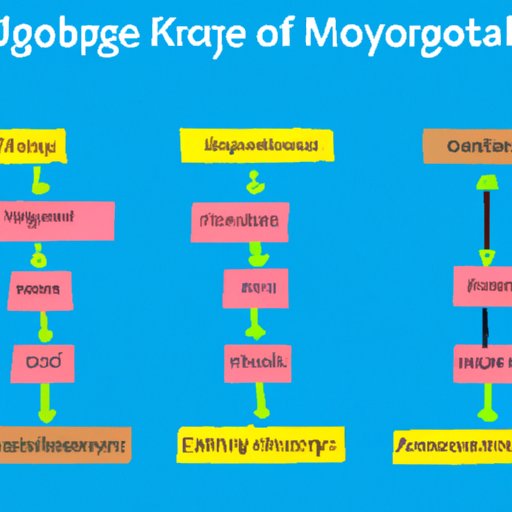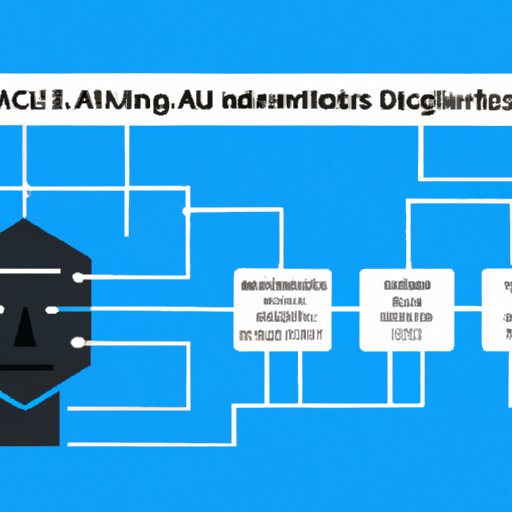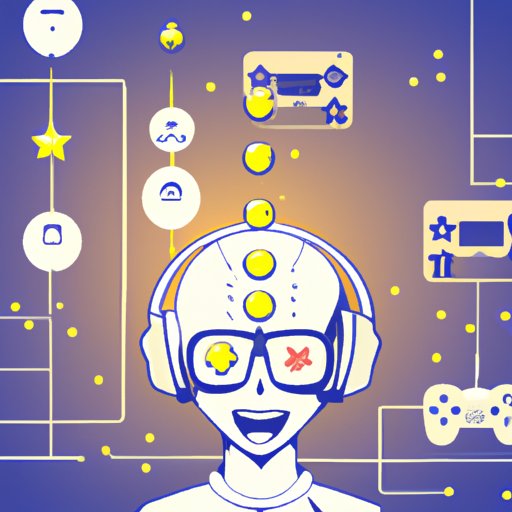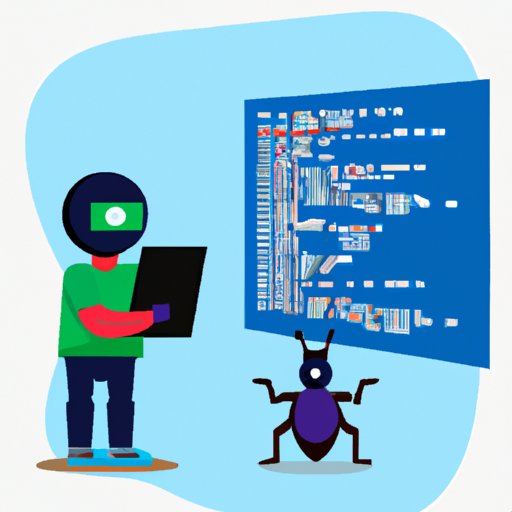Introduction
Artificial intelligence (AI) has become an increasingly important part of modern video game development. By incorporating AI into video games, developers are able to create more immersive and realistic gaming experiences. But how do you create an AI for a game? This article will explore the different aspects of creating an AI for a game, from understanding AI programming and algorithms to designing an effective AI architecture, and even debugging and optimizing AI code.
AI Programming
The first step in creating an AI for a game is to understand AI programming. AI programming is the process of writing code that allows the game’s computer to make decisions and respond to events in the game world. This type of programming requires knowledge of programming languages such as C++ and Python, as well as experience with game development tools such as Unity and Unreal Engine.
Benefits of Utilizing AI in Video Games
By incorporating AI into video games, developers are able to create more immersive and realistic gaming experiences. AI can be used to create dynamic environments, provide challenging opponents, and even generate unpredictable moments. AI can also help create a more engaging story by providing characters with lifelike personalities and behaviors.
AI Algorithms
Once you have an understanding of AI programming, the next step is to familiarize yourself with AI algorithms. AI algorithms are sets of instructions that tell the game’s computer how to make decisions and respond to events in the game world. There are many different types of algorithms that can be used, including decision trees, neural networks, and genetic algorithms.

Examples of Popular Algorithms Used in Game Development
Decision trees are a popular algorithm used in game development because they allow the computer to quickly make decisions based on a set of predetermined criteria. Neural networks are also popular, as they allow the computer to learn from its mistakes and adjust its behavior accordingly. Finally, genetic algorithms are often used to generate random but believable results.
Implementing Basic AI Behaviors
Once you have a basic understanding of AI algorithms, the next step is to begin implementing basic AI behaviors. This involves writing code to define how the AI will react to certain events or situations in the game. The code should take into account the environment, the AI’s goals, and the AI’s abilities. It’s important to keep the behaviors simple at first, and then gradually add complexity as needed.
Step-by-Step Guide to Programing AI Behaviors
When programming AI behaviors, it’s important to follow a few steps. First, identify the goal of the AI. This could be something like “find food” or “avoid danger”. Next, decide which actions the AI needs to take in order to achieve that goal. For example, if the goal is to find food, the AI might need to move in a certain direction and scan the environment for edible items. Finally, write the code to implement these actions.
Designing an Effective AI Architecture
Once you’ve written the code to implement basic AI behaviors, the next step is to design an effective AI architecture. An AI architecture is the overall structure of the AI system and how the different components interact with each other. When designing an AI architecture, it’s important to consider the types of tasks the AI needs to perform, the data it needs to access, and the resources it needs to use.
What is an AI Architecture?
An AI architecture is a set of components that work together to enable an AI system to make decisions and respond to events in the game world. These components include data structures, algorithms, and rules. Data structures store information about the game world, such as the locations of objects and characters. Algorithms determine how the AI will respond to events in the game world, while rules define what the AI is allowed to do.

How to Design an Effective AI Architecture
When designing an AI architecture, it’s important to consider the types of tasks the AI needs to perform, the data it needs to access, and the resources it needs to use. Consider the types of tasks the AI needs to perform, such as navigation, combat, or dialogue. Then, decide which data structures and algorithms are best suited for those tasks. Finally, consider the resources the AI needs to use, such as memory and processing power. Once these factors are taken into account, you can begin to design an effective AI architecture.

Successful AI Systems in Popular Video Games
There are many examples of successful AI systems in popular video games. For example, the AI in Grand Theft Auto V uses a combination of decision trees and neural networks to create dynamic and unpredictable behaviors for the NPCs. The AI in the Witcher 3 uses a complex network of rules and algorithms to create believable characters with lifelike personalities.

Debugging and Optimizing AI Code
Once you’ve written the code and designed an effective AI architecture, the next step is to debug and optimize the AI code. Debugging is the process of finding and fixing errors in the code. Optimizing is the process of improving the efficiency of the code. To do this, you should run tests to identify areas where the code can be improved, and then make changes to reduce the amount of time and resources the AI requires.
Tips on Debugging and Optimizing AI Code
When debugging and optimizing AI code, it’s important to focus on the most critical areas first. Start by running tests to identify any errors or bottlenecks in the code. Then, use a debugging tool to locate and fix any errors. Finally, use profiling tools to identify areas where the code can be optimized. By focusing on the most critical areas, you can ensure that your AI code runs as efficiently as possible.
Conclusion
Creating an AI for a game is a complex process, but by following the steps outlined in this article, you can create an AI system that is both effective and efficient. Understanding AI programming and algorithms, implementing basic AI behaviors, and designing an effective AI architecture are all key steps in creating an AI for a game. Additionally, it’s important to remember to debug and optimize the AI code to ensure that it runs as efficiently as possible.
(Note: Is this article not meeting your expectations? Do you have knowledge or insights to share? Unlock new opportunities and expand your reach by joining our authors team. Click Registration to join us and share your expertise with our readers.)
